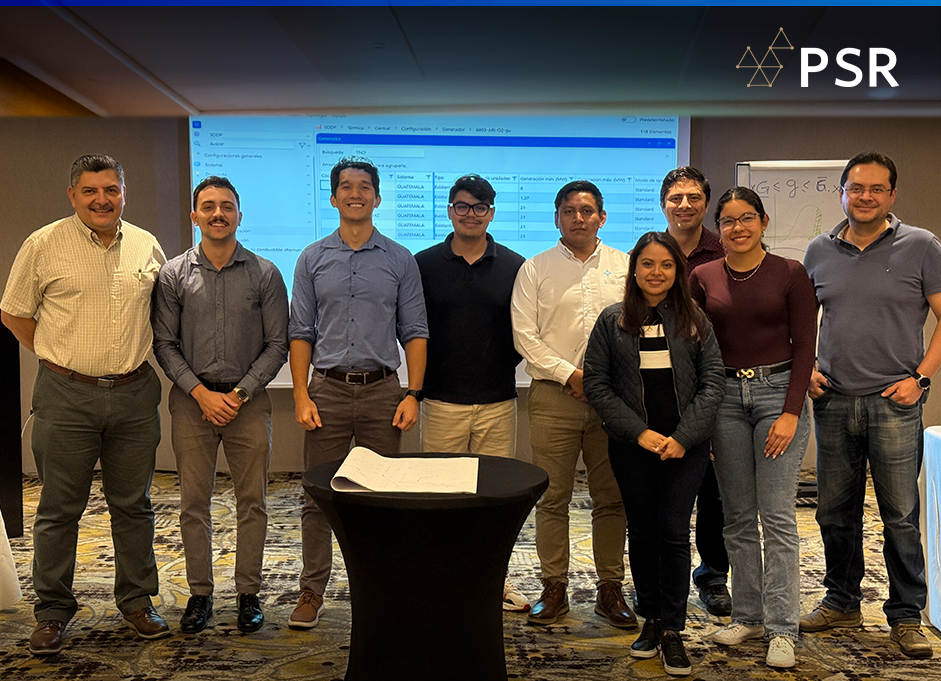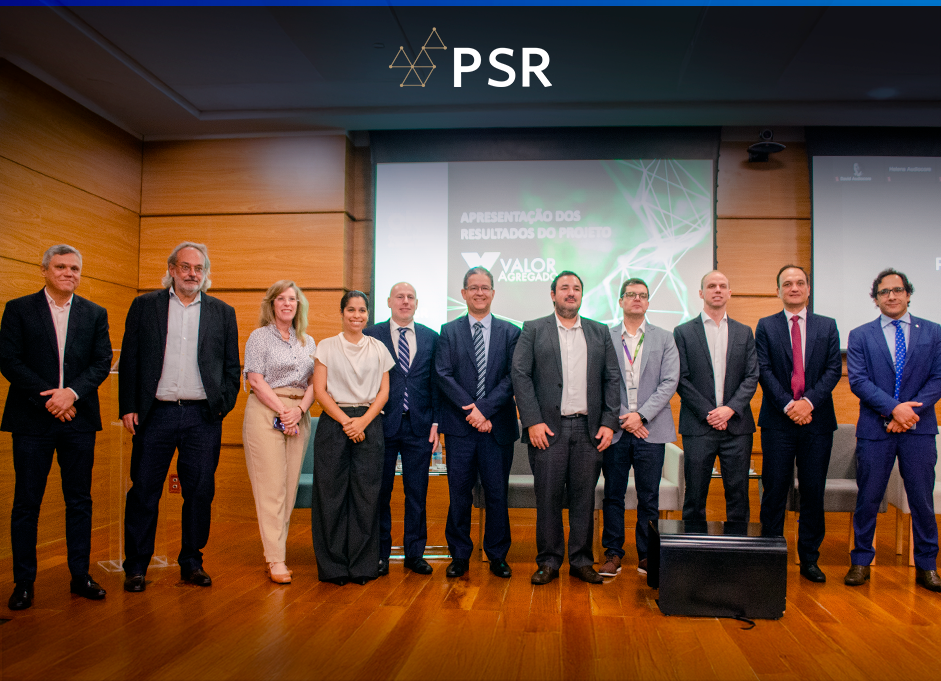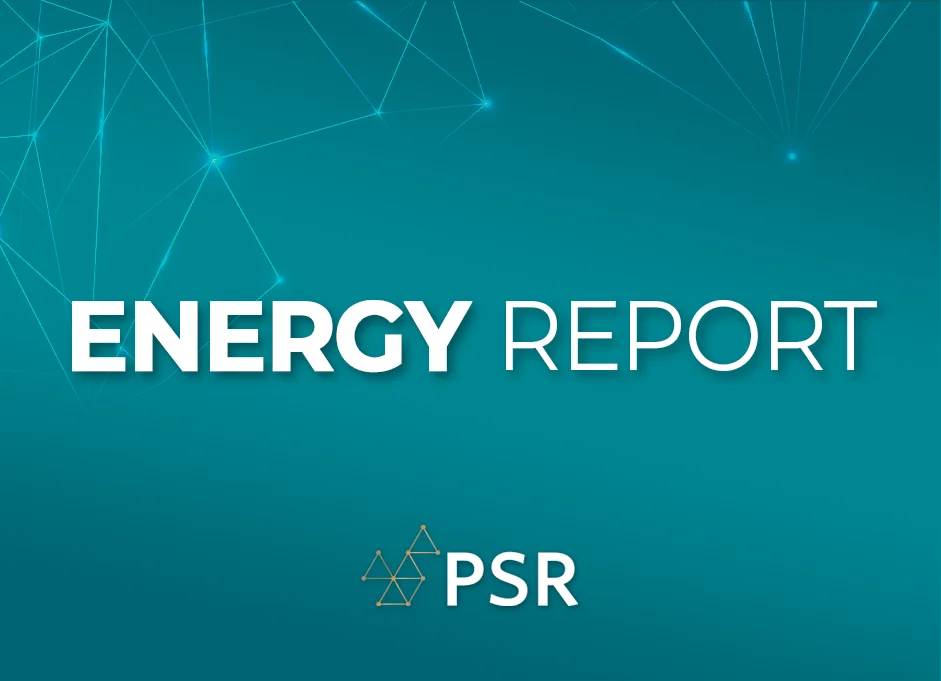In the Brazilian electricity sector, the price of energy in the short-term market is calculated by a computer model that considers the energy supply and demand estimated by the operator for the following day. Energy pricing in Brazil follows the cost merit order criterion, in which plants are activated from lowest to highest operating cost until they meet demand, a mechanism based on “audited costs” by the operator.
Intermittent renewable sources, such as wind and solar, are dispatched first, as they have very low operating costs and their production cannot be controlled or stored due to its variability. After that, using an algorithm, the model decides whether it is more worthwhile to use the water from hydroelectric reservoirs at that moment or to save it for the future, which defines the so-called “value of water.” If more energy generation is still necessary, thermoelectric plants come into play, using fuel and having higher costs, which raises the final energy price.
The short-term energy price guides the sector’s main decisions, indicating when to generate, how much it costs to produce, and how to compensate each agent. However, according to Brazilian market rules, the price calculation must be done ex ante, that is, before the operation, using the best information available the day before. Therefore, discrepancies can arise: if, for example, wind and solar generation is lower than expected or demand fluctuates significantly, the calculated price may be higher or lower than the value that would reflect the actual system conditions.
Therefore, the “simple ex ante accounting” adopted in Brazil, in which the previously defined price is used to settle all transactions, can create distortions, causing some generators to fail to cover their costs and requiring the use of charges levied on all consumers.
In other countries, a mechanism called “double accounting” is implemented, in which the financial settlement of energy market participants involves two price calculations. A first price is calculated beforehand to guide dispatch planning for the following day, and a new price is calculated later, based on actual events in the system.
The difference between the amount produced or consumed between these two moments is settled at the ex-post price, which reflects how the system actually operated. Thus, each generator is remunerated and each consumer pays according to the real energy price, increasing market efficiency and transparency.
PSR studies different international models of price formation and electricity market organization, evaluating how double accounting could be applied in Brazil. This work is part of the Meta II – Price Formation project, coordinated by CCEE and developed by PSR, which brings together experts and institutions to propose improvements in market design and energy pricing in the country.
Learn more about the project: www.meta2formacaodepreco.com.br




